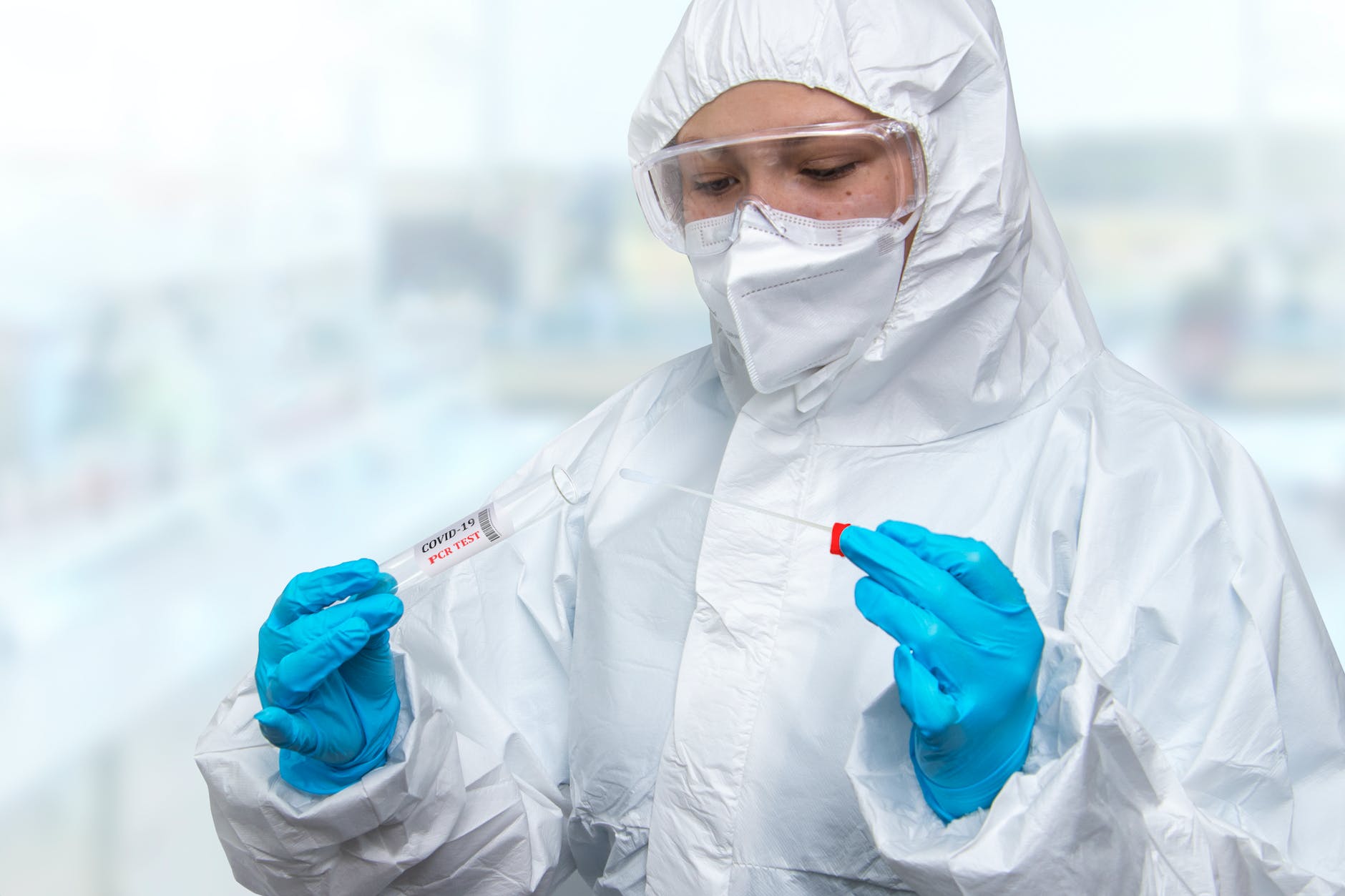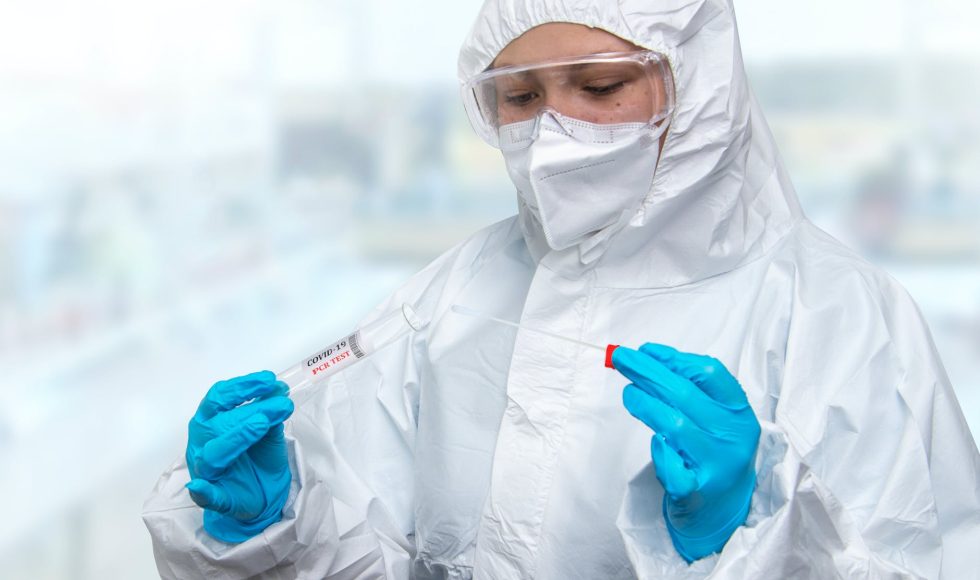I am now watching videos from the Oxford Nanopore Technologies (ONT) YouTube playlist that includes sessions from the NCM 2022. I want to learn more about what others are doing with Nanopore and how to use automation and pipelines more efficiently. The first session I watched tonight was on “End-to-End human genome nanopore sequencing and analysis.” In this session, presenters described the end-to-end sequencing protocol for human genome on the PromethION. DNA is extracted from cultured cells with a QIAGEN Puregene Cell Kit. The Short Fragment Eliminator (EXP-SFE001) expansion kit was used. There is no automation currently but they mentioned that several protocols with the kit 14 chemistry can be automated. On a PromethION flow cells they can achieve 30x coverage of a human genome. They also mentioned that PromethION P2 Solo can be attached to a compute unit and bring PromethION to the lab. Stephen Rudd shared that the new version of EPI2ME Labs has several workflows. I have been using the bacterial genome assembly this weekend and love it! Rudd demonstrated the use of the human genome workflow: it includes methylation data and structural variations. You can also import and create new workflows. I am interested in what workflows we can create and if the Nanopore Community will share more workflows.
The second session I watched was “Harnessing automation and integrated solutions to enable nanopore sequencing at any scale.” Beth Lodge described the VolTRAX portable library prep automation device. This device is small and looks like a taller version of the MinION Mk1b. The VolTRAX software, Lodge explained, has a simple menu and programs to check the hardware and electronics (including the cartridge). The VolTRAX Sequencing Kit (VSK-VSK004) is a fragmentation-based library prep that Lodge explained has been tested with the Zymo High Molecular Weight community standard and produces high throughput and long read length: ~19 kb N50. Nanopore also released the Multiplex version of the kit for up to ten samples that we just ordered and are anxious to use in BIT 295. There is a blue cartridge and RT-PCR sequencing kit that can be customized for different primer sets. The VolTRAX has a system to detect loading: different light colors indicate good loading of samples (green), overloading (yellow), and way too much (red). The software includes a visual representation of the cartridge to inform the user of what is going on, including temperatures for PCR. Jade Bartalo manages the Automation Solutions Team at Nanopore and spoke about the preparation of libraries on a variety of liquid handlers. They suggested completing the “get in touch” form on the website. A table of automation scripts available for DNA library prep kits was shared. Opentrons, Agilent, Eppendorf, and Tecan were some of the liquid handlers listed. The ligation sequencing kit and multiplex ligation sequencing kit have been automated. I wonder if we can get the mutiplex protocol scripts for the Eppendorf epMotion 5075 and Opentrons OT-2? The MinION Mk1D was revealed and runs on an iPad. Basecalling will be done on the iPad, and the early access program will have this device available later this year. Pedro Ortiz spoke about the liquid biopsy prototype they are developing. The prototype resembles a MinION flow cells with a place to receive swabs, perform electrophoresis, and separate nucleic acids. There is also a battery compartment. The device was shown in a MinION Mk1c. I wonder if they are developing this device for metagenomics and swabs too?
Rosemary Sinclair Dokos was the speaker for the welcome to Nanopore Community Meeting 2022 session I watched. They spoke about the suggestion submissions from the Nanopore Community in 2013. Sinclair Dokos described how the suggestions for samples and genomes to sequence were quickly developed by ONT and the community. They explained that they will relaunch the Q-line that has fixed software and chemistry for consistency. They also described the TurBOT project in which they are integrating sequencers with automation in an attempt to automate 12-25 sample workflows from extract to analysis. This program sounds very interesting and a good way to connect the High-throughput Discovery course with Nanopore sequencing and Metagenomics. I submitted my interest even before the session ended…



